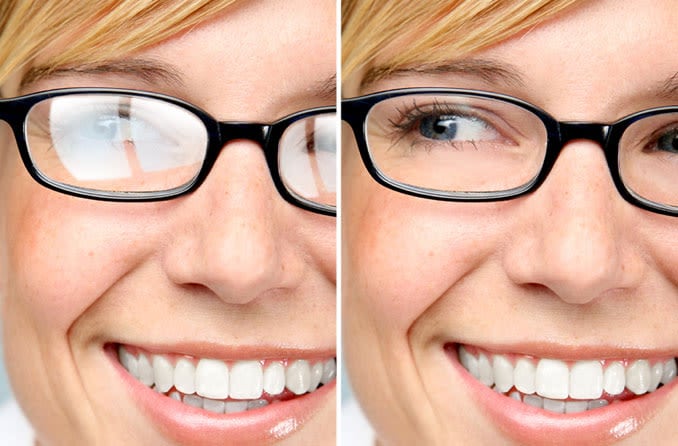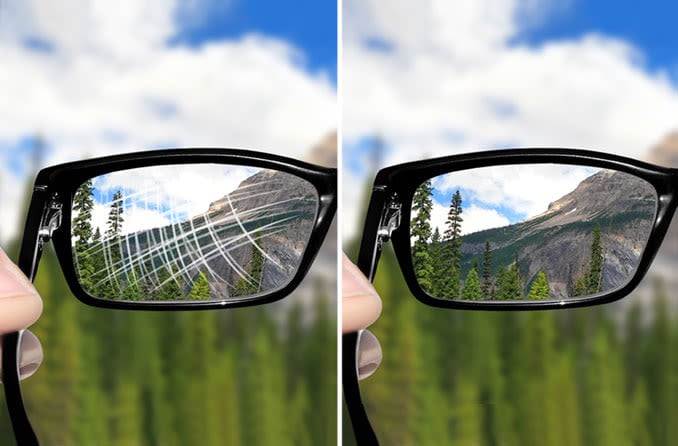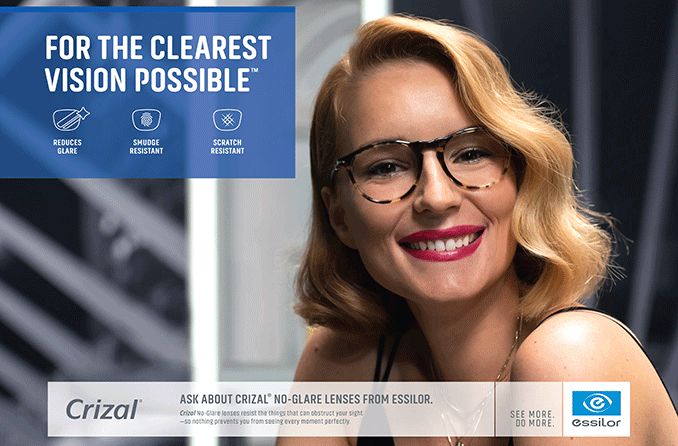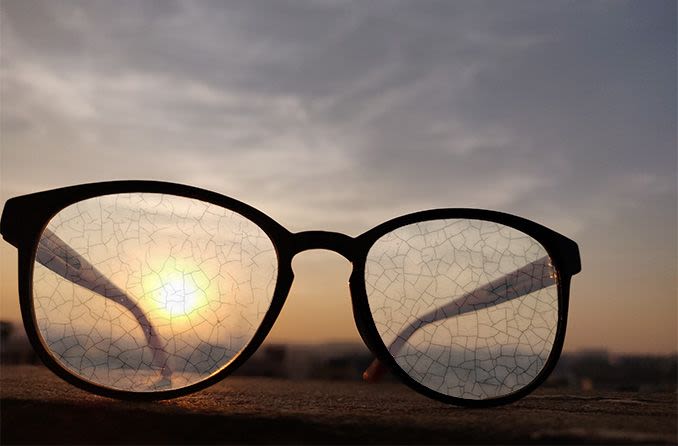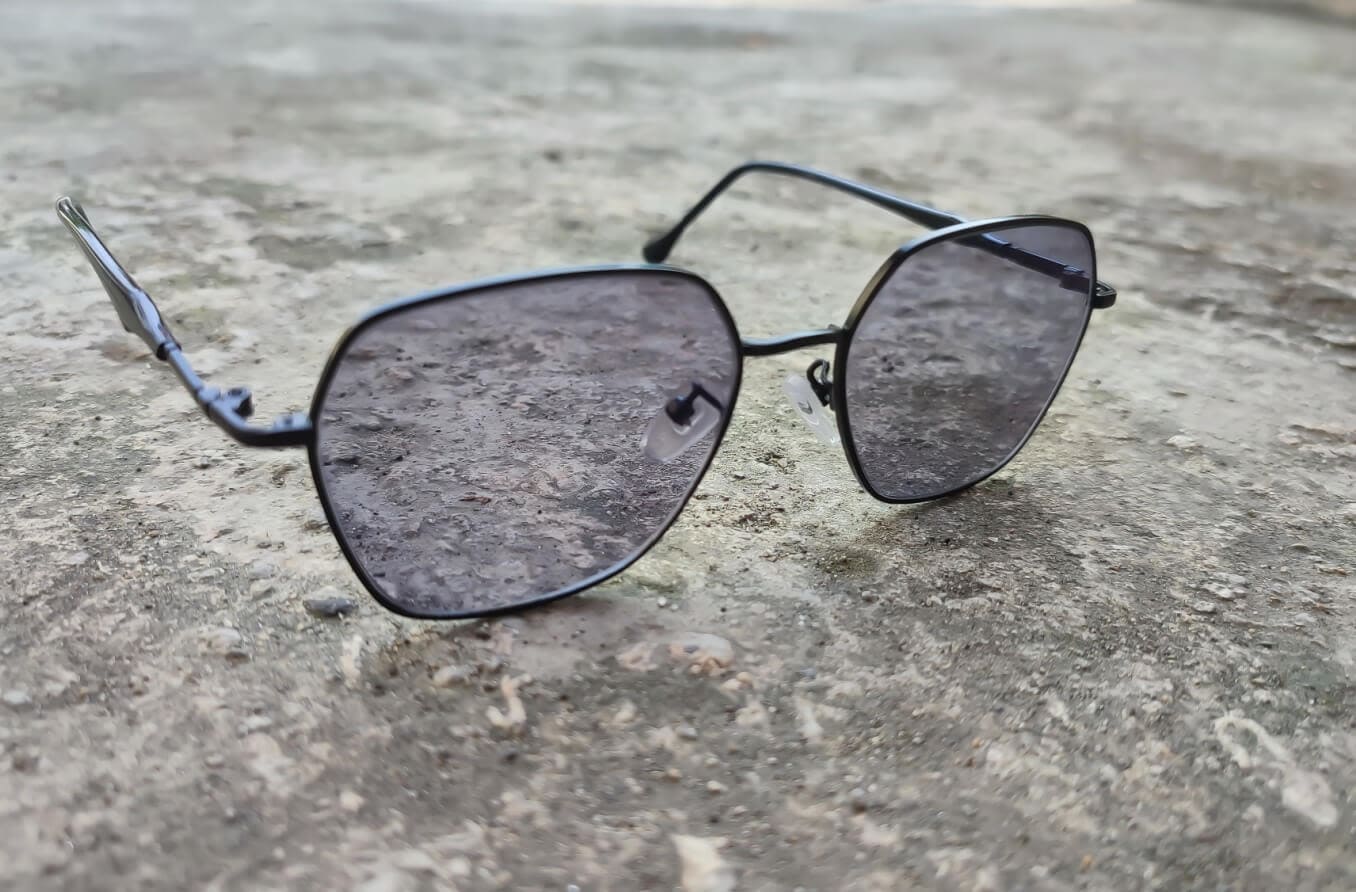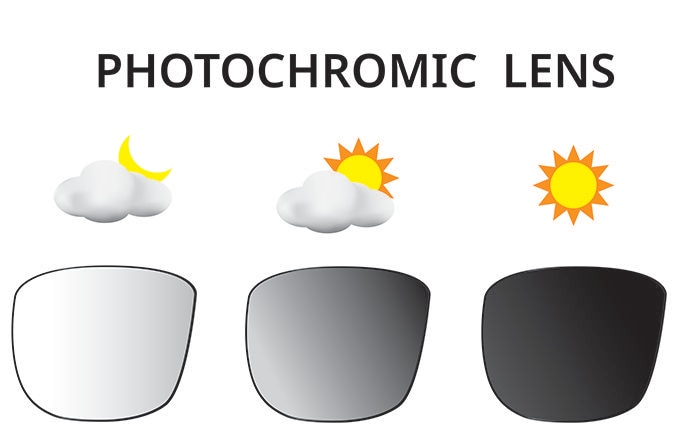The Eastman Kodak Company may be known for cameras, but Kodak Lens makes a variety of eyeglasses lenses. Their products range from Kodak single vision, bifocal and progressive lenses to Kodak blue light and sun lenses.
If you wear glasses, the type of lenses you choose can make a big difference in how well you see every day. Kodak Lens is one well-known brand you may want to consider for your next pair of eyeglasses.

